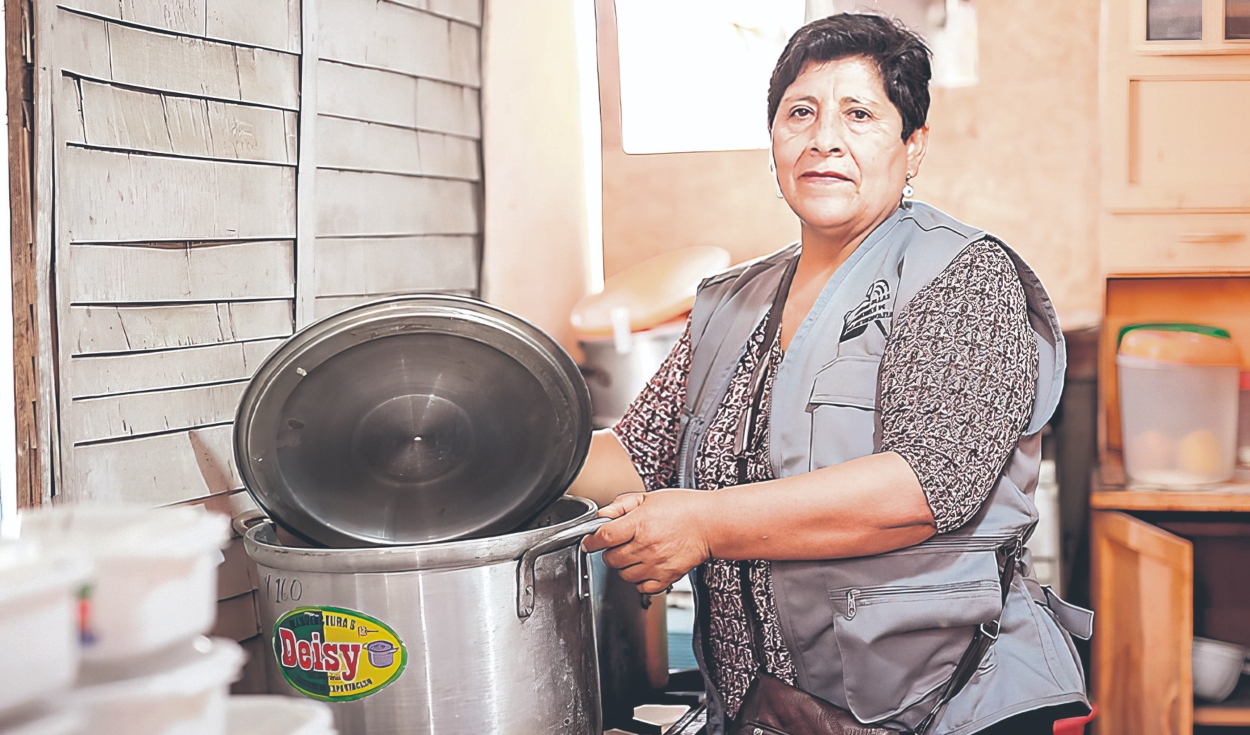
More than 9,780,000 Peruvians are poor (29% of the population) and 10,590,000 are vulnerable (31.4%), according to the recent report from the National Institute of Statistics and Informatics (INEI). Precisely, factors such as poverty, overcrowding and inadequate basic sanitation are associated with anemia.
According to figures published by the Demographic and Family Health Survey (ENDES) 2023 in eight regions of the country, more than half of babies between 6 and 35 months have anemia. These regions are Puno (70.4%), Ucayali (59.4%), Madre de Dios (58.3%), Loreto (58.1%), Huancavelica (56.6%), Apurímac (55.8 %), Pasco (52%) and Ayacucho (51.5%).
“Peru is not alone in its concern about anemia, it shares it with the rest of the world because at a global level at least 1 in 2 boys and girls suffer from anemia or lack sufficient nutrients for their development,” said Dr. Víctor. Aguayo, Global Director of Child Nutrition and Development at UNICEF.
Aguayo explained that the global prevention strategy proposed by Unicef against the problems of child malnutrition, including anemia, has a systemic approach that aims to strengthen five systems: food, health, water and sanitation, education and protection. social.
It is estimated that 50% of anemias have a nutritional origin, but that the other half would have a different origin and therefore require different responses.
Along these lines, he congratulated the country for its Multisectoral Plan for 2030 and recalled that Peru is one of the global references on malnutrition issues due to its experience in reducing chronic malnutrition.
Poverty in Peru: Unicef strategies against anemia
On the other hand, Javier Álvarez, Unicef representative in Peru, highlighted that when regional and local governments incorporate the Early Childhood Development approach into their public policy, important steps are taken in reducing anemia. An example is the Good Start Program in the last decade, and the recent experience of Huancavelica.
The Good Start program, which had technical assistance from Unicef, managed to reduce childhood anemia by 23.7 percentage points in rural communities of Cusco, Apurímac, Loreto and Cajamarca between 2000 and 2004, going from 76% to 52. 3%.
“Its success was due to a change in approach. It went from a late intervention to an early one in which the periods of gestation and the first three years are considered critical; from a curative approach to malnutrition through food assistance programs to a preventive one that promoted the improvement of nutritional practices and resources,” he indicated.
In addition, the specialist said that he moved from a model that monitored nutritional status to one that “was attentive to comprehensive early growth and development”; from interventions that assigned families and communities the role of recipients of services to interventions in which families and communities had the responsibility of ensuring each baby a good start in life.
Source: Larepublica
Alia is a professional author and journalist, working at 247 news agency. She writes on various topics from economy news to general interest pieces, providing readers with relevant and informative content. With years of experience, she brings a unique perspective and in-depth analysis to her work.












